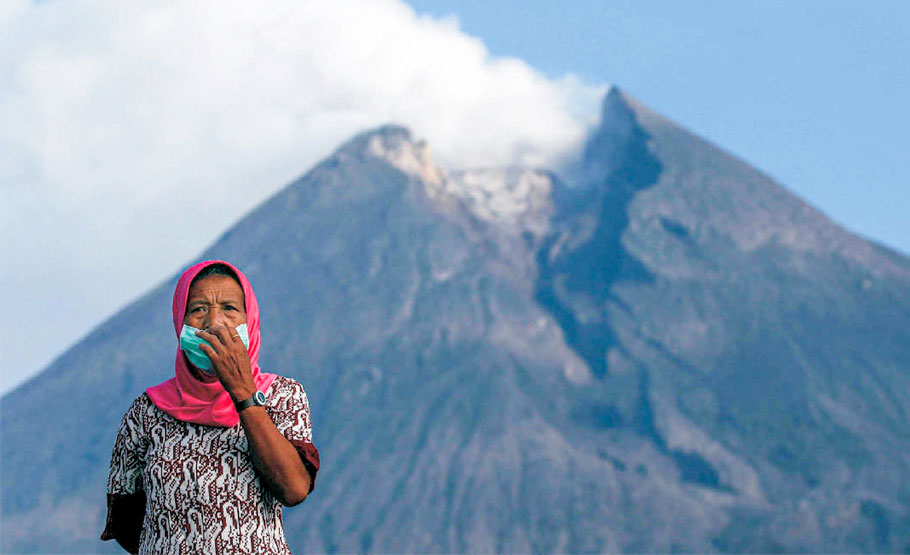
Figure 3. A woman wears a surgical mask (incorrectly) during the 2010 eruption of Merapi volcano.
Every society and, possibly, community in the world may react differently to the hazard of volcanic ash, dependent on many cultural and demographic conditions, which will influence their perceptions of the health risk, and the need to protect themselves.
The HIVE team conducted comparative research in Indonesia, Mexico and Japan, with over 2000 questionnaire surveys and 190 interviews across the three locations.
The survey research focused on factors that influence people’s motivation to protect themselves during eruptions. It found that perceptions of harm/worry were stronger predictors of mask use in Japan (around Sakurajima volcano) and Indonesia (around Merapi volcano) than they were in Mexico (around Popocatépetl volcano), where beliefs about mask efficacy were more important [6, 7]. This highlights the need for agencies to listen to community concerns, to explain volcanic health risk and to provide information on mask efficacy, if efforts are being made to promote mask use.
The anthropological research studied people’s relationship with their volcano and its hazards, and how this relates to protective behaviors, including mask wearing.
In Indonesia, in the Special Region of Yogyakarta, grassroots, community-embedded volunteers, who engage in the management and communication of volcanic hazards and risk, are at the center of a support network in which people feel comfortable sharing spiritual and scientific insights. These monitoring networks have led to a high uptake of mask use during recent Javanese eruptions [4, 8].
In Mexico, communities on Popocatépetl volcano’s slopes are influenced, to varying degrees, by a range of authorities in relation to protection from volcanic eruptions, from hazard management agencies to spiritual leaders. Varying advice among these authorities, and general lack of availability of masks, may influence use of respiratory protection.
In Japan, people in Kagoshima prefecture follow regular updates about Sakurajima’s volcanic activity via mobile apps and other social media. However, they also encounter different opinions about the health risks of volcanic ash among public health officials. For the most part, local communities consider ash to be a nuisance, but it is also an important element of the ecology that is part of people’s daily experience.
The social surveys also confirmed that, in all locations, there was little to no information or communication provided by agencies about the varying effectiveness of respiratory protection, or how to best wear it.

